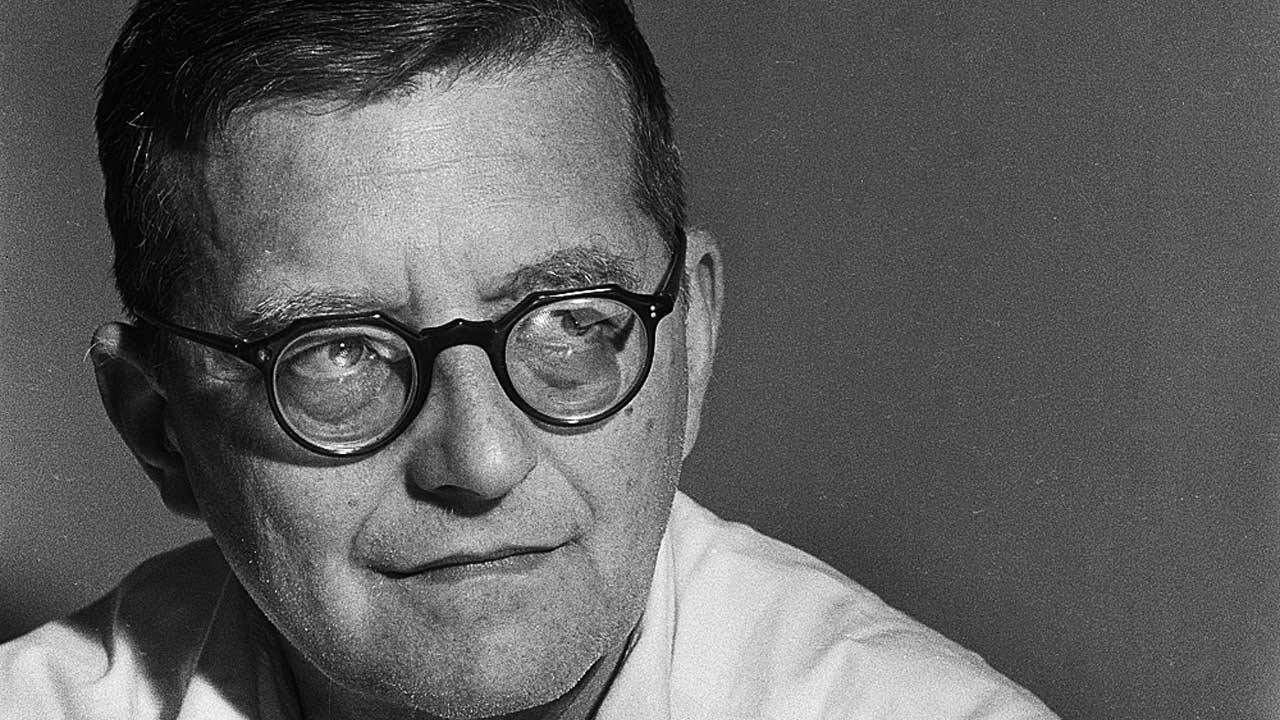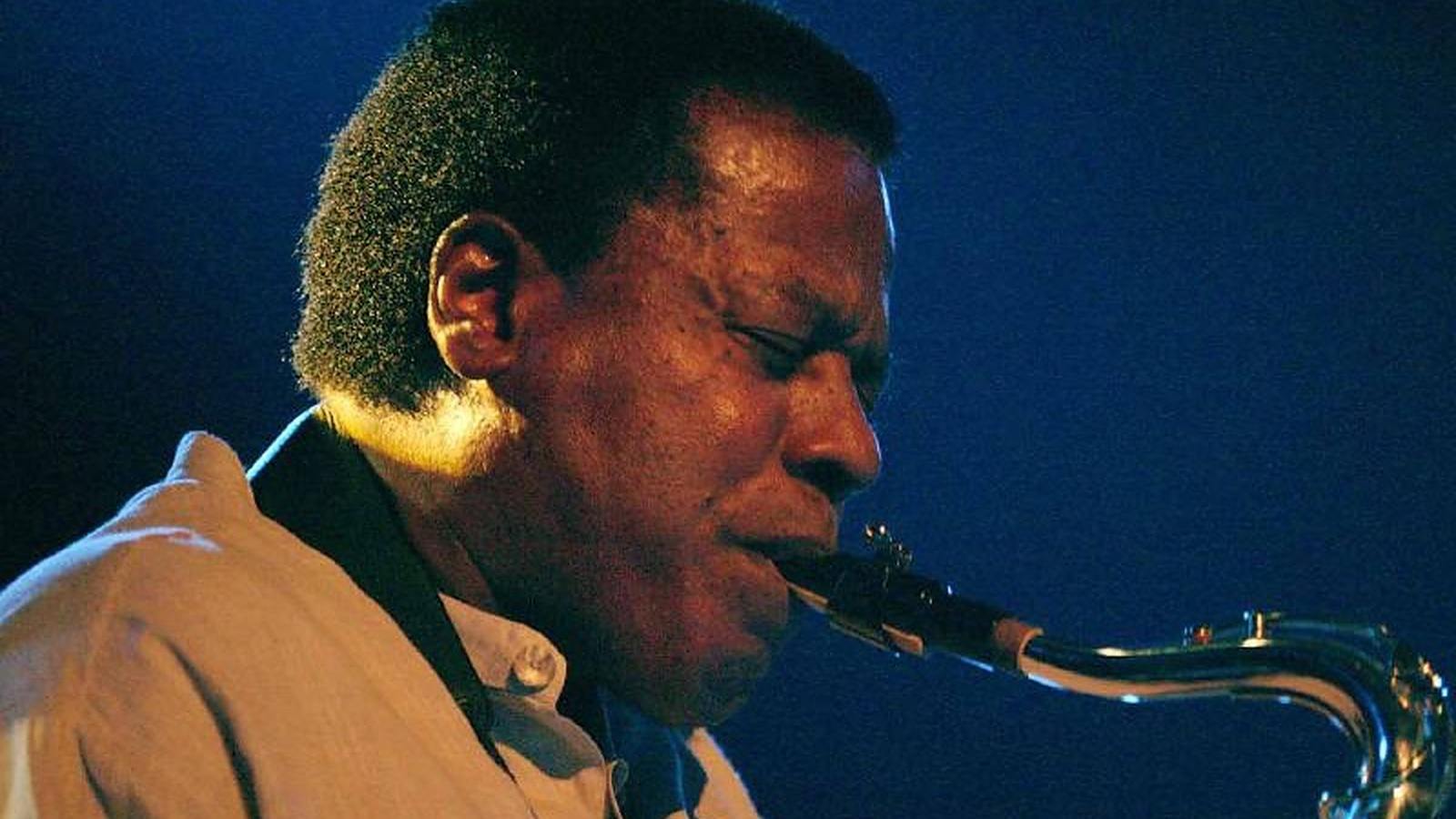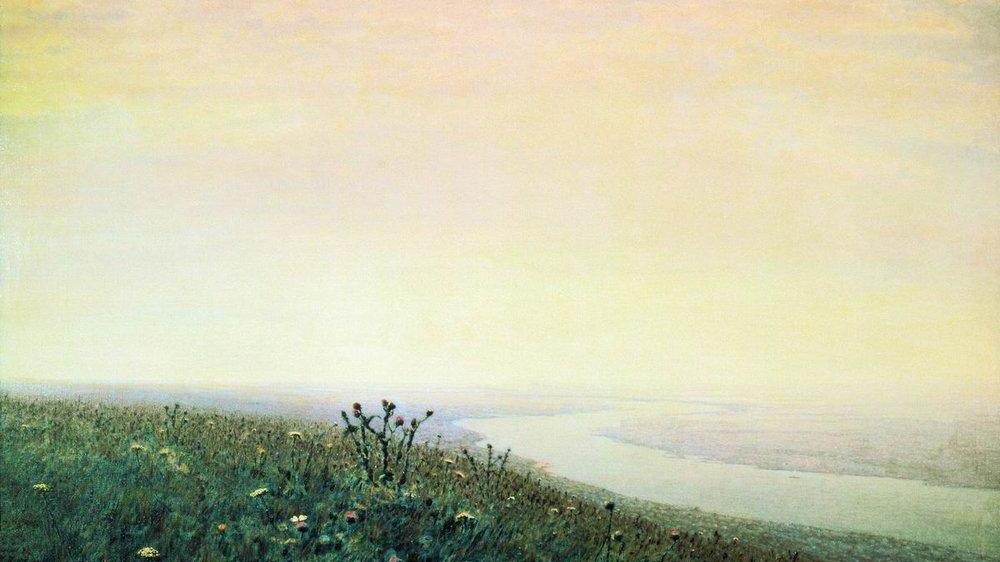Shostakovich’s First Violin Concerto: Dangerous Music for the “Desk Drawer”
The music of Dmitri Shostakovich falls into two categories. There are the faceless proletarian marches, patriotic hymns, propagandistic film scores, and other superficial works which were written to appease Stalin and his cultural censors. Then, there is the music that Shostakovich dared not release publicly until after Stalin’s death in 1953. Much of this music ended up hidden in the composer’s “desk drawer.” The Violin Concerto No. 1 in A minor was …






